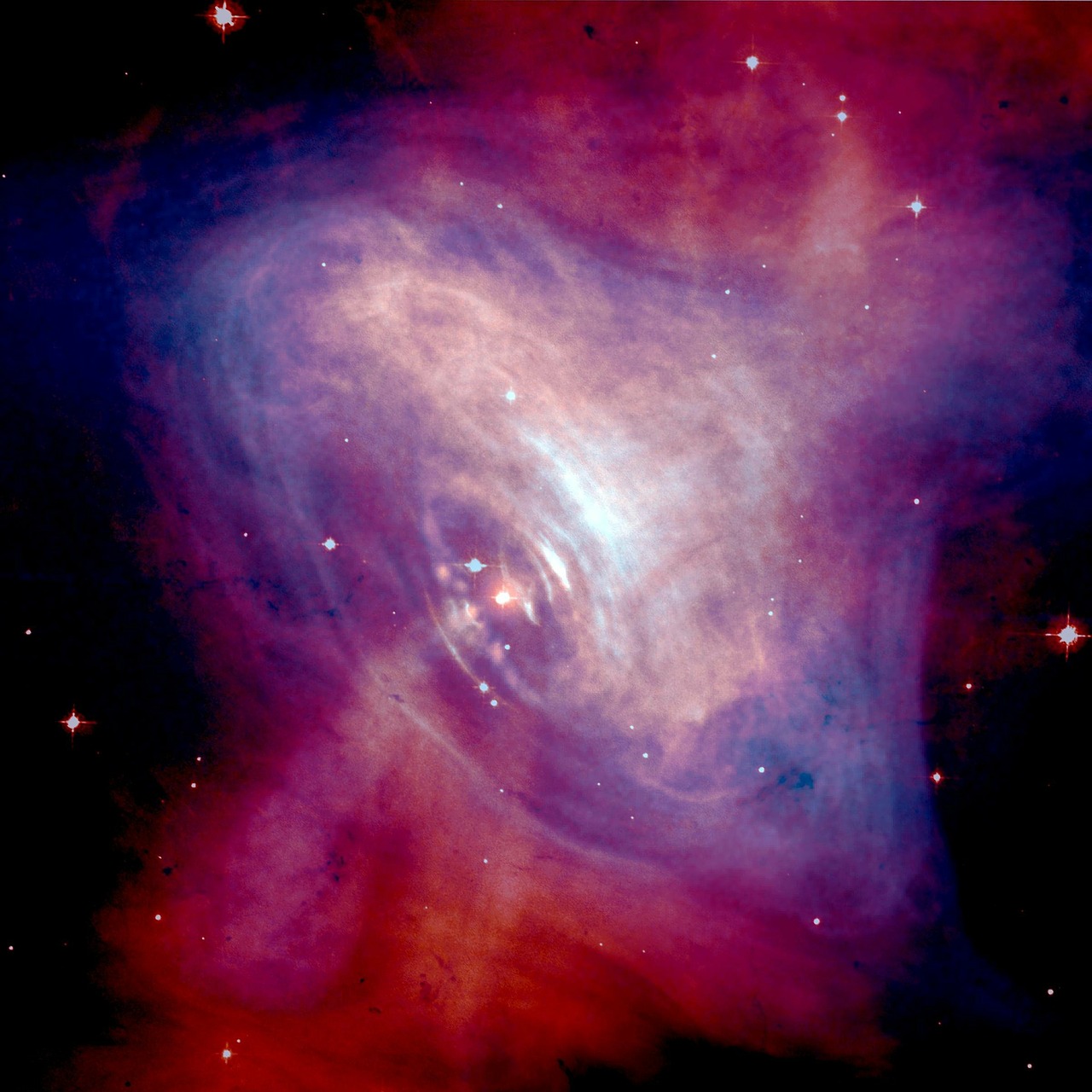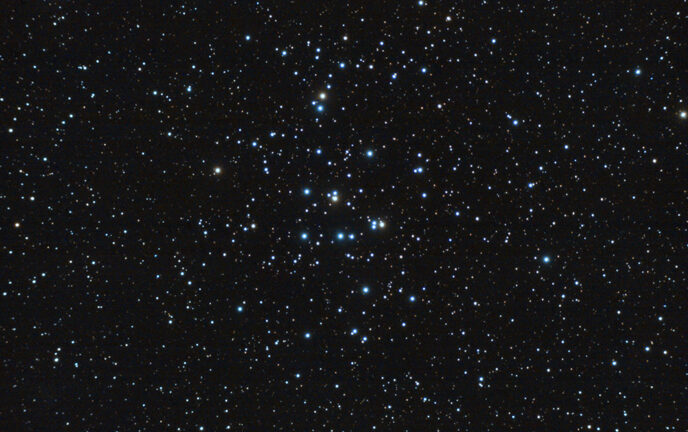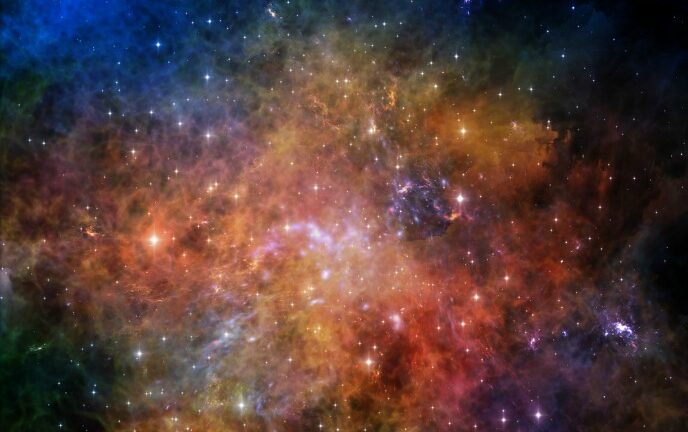An international team of scientists showed evidence of a series of massive supernova explosions near our Solar system, saying these ancient exploding stars showered the Earth with radioactive debris. The explosion took place about two million years ago, and while it wasn’t close enough to harm life on Earth, it left chemical traces.
“Through data collected around the globe and analyzed in various nuclear physics labs we found traces of an isotope of iron that is the fingerprint to series of supernovae exploding about 2-3 million years ago,” said Prof. Michael Paul from the Racah Institute of Physics at the Hebrew University of Jerusalem, a member of the research group.
The scientists also hail from Australian National University (ANU), Austria’s University of Vienna, Japan’s Shimizu Corporation and Nihon University and Germany’s Helmholtz-Zentrum Dresden-Rossendorf (HZDR).
The joint research paper was published in the journal, Nature.
The scientists used extremely sensitive techniques to identify interstellar iron atoms in deep-sea sediment and crust samples taken from the seafloor of the Pacific, Atlantic and Indian Oceans.
The scientists found radioactive iron-60 that decays with a half-life of 2.6 million years, and was concentrated in a period between 3.2 and 1.7 million years ago. They also found evidence of iron-60 from an older supernova, around 8 million years ago, which is relatively recent in astronomical terms.
The researchers say the supernovae were less than 300 light years away, meaning they were close enough to be visible during the day and comparable in brightness to the Moon.
A supernova is a massive explosion of a star after it runs out of nuclear fuel and collapses, in the process creating many heavy elements and radioactive isotopes, which are strewn out into the cosmic neighborhood. Data indicates that the debris spread across 1.5 million years, suggesting that there was a series of supernovae, one after another.
A possible source of the supernovae is an aging star cluster, which has since moved away from Earth. The cluster has no large stars left, the scientists say, suggesting they have already exploded.















